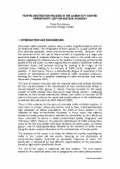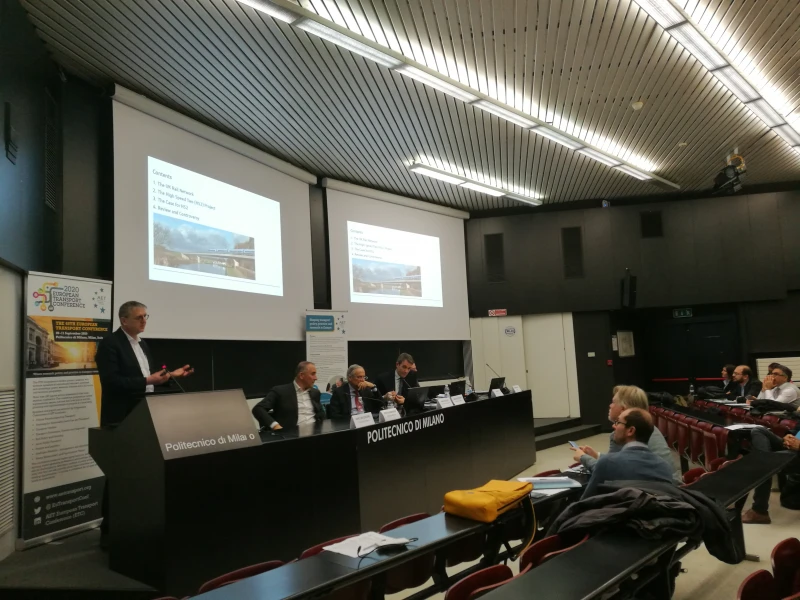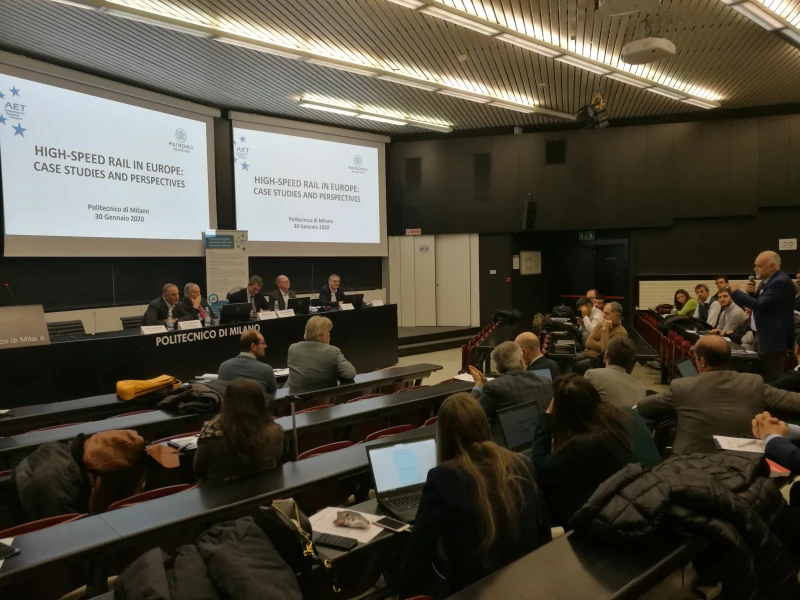-
Past ETC Papers

Browse, search and view papers from the past AET Conferences.
-
Members' Area

AET promotes networking and exchange of ideas, information and opportunities amongst members.
Conference Papers 2014
Frankfurt, Germany
ETC Conference Papers 2014
Traffic restriction measures in the Lisbon city centre: opportunity lost or mistake avoided?
Seminar
Day 1 (29 Sep 2014), Session 5, Equity, 17:00 - 19:00
Status
Accepted, documents submitted
Submitted by / Abstract owner
Paulo Anciaes
Authors
Paulo Rui Anciaes, University College London
Short abstract
This paper analyses the impact of a traffic restriction policy in the Lisbon city centre, assessing the redistribution of exposures to traffic noise among populations in different age and qualification groups.
Abstract
Traffic restriction policies address economic, social and environmental issues at the local level but may have effects beyond their area of application. Due to social and political opposition, a proposal to restrict all car traffic crossing the Lisbon old city centre ("Baixa") was recently abandoned.
This paper assesses the potential effects of this policy would have in terms of the distribution of noise exposures among populations belonging to different age and qualification groups.
The changes in exposures are obtained through the modelling of motorised traffic and noise levels in the pre- and post-policy scenarios. The analysis assumed that car users react to the policy by seeking alternative routes or shift to public transport.
The analysis found that under this assumption, the traffic restriction policy would have only a modest effect in the reduction of noise exposures in their area of application. In addition, due to the redistribution of traffic, the policy would lead to a wide redistribution of exposures among neighbourhoods in other areas of the city, including in regions far from the restricted area.
This finding raises equity issues, as the city centre tends to have an older and less-qualified population than the city average, but in the other areas affected by the policy there is an overall negative impact on low- qualified populations. If provision is not made for alternatives for the suppressed traffic, this type of policies have extensive impacts throughout the city and complex trade-offs between the levels of environmental quality of different groups in society.
Documents:

Association For
European Transport
Forester House
Doctors Lane
Henley-in-Arden
Warwickshire, UK
B95 5AW
+44 (0) 15 64 793552
VAT number: 710 1866 64
Conference Supporters & Endorsers




Legal Entity
The Association for European Transport is registered as an Association ('vereniging') with the Chamber of Commerce for Haaglanden in The Netherlands under company number 27170096.
Built on Zenario




